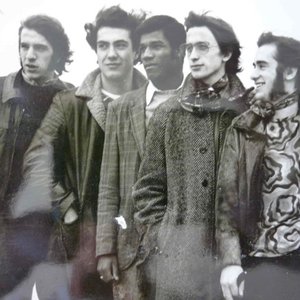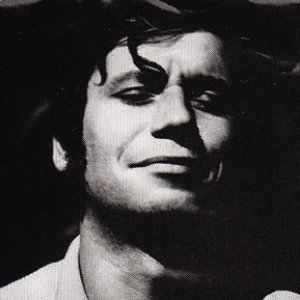Biography
-
Born
30 September 1935
-
Born In
Praha, Czech Republic
-
Died
22 June 1999 (aged 63)
Luboš Fišer (born on September 30th 1935, died on June 22nd 1999 in Prague, Czechoslovakia), studied composition with Emil Hlobil both at the Prague Conservatory (1952-56) and at the Academy of Performing Arts (graduated 1960). His graduation work, the one-act opera Lancelot, has already featured the substance of his musical expression - it is based on a melody supporting themes, formulated often in a very lapidary way which is then developed with complex and non-traditional way of compositional thinking. The effect of his music is both simple and complex at the same time as though to be chiselled from stone. He started off from the post-romantic music tradition (two symphonies, Suite for orchestra, Sonnets to texts by Michelangelo, and other works composed at the end of the fifties), and his own opinion and style prevails in the early sixties. Key works of that period are Fifteen Prints after Durer's Apocalypse and choral Caprichos, inspired by Goya's cycle of paintings. These compositions had considerable international response. The Fifteen Prints won the first prize in a UNESCO international composer's tribune held in Paris in 1967. Both these works have a tendency towards new expressional and compositional means, in particular the use of the relaxed structure of aleatoric technique. Although that method accentuates sonic component of musical structure, Fišer maintains his own approach. The key melodic theme, its repetition and transformation, continues to be the backbone of his works. Since the early seventies the author has returned to exact musical notation of his ideas which provides his music with a seal of definitivenes. His style has developed to a brilliant perfection. Fišer has achieved maximum concentration within his his musical form which remains always very compact and condensed. The effect of his music is not onlz in distinctly shaped thematic material, but also in contrast. The author likes to concentrate a number of clean-cut contrasts on a small space. This principle is best apparent in Fišer's one-movement sonatas.
The horizon of Fišer's intellectual world, as reflected in his compositions, is extensive. It is delineated by broad borders of his cultural knowledge and interests. The composer prefered to reach back to old monuments of culture such as Summerian texts (Lament Over the Destruction of the Town of Ur, Istanu), he found inspiration in the Middle Ages (Songs for the Blind King John of Luxemburg), Renaissance (The Rose), great works of old art (Durer, Goya), great thinkers (Galileo, Einstein). Naturally he understood the excursions into the past only in relation with the present. To look back is not an escape for him, but confrontation with the eternal principles of life. His compositions have often both the mood of celebration, and warning as well. This makes his music very attractive and impressive. It is no coincidence that many works by Fišer were premiered at important concert halls abroad (Salzburg: Serenades for Salzburg, Songs for the Blind King John of Luxemburg; Munich: some chamber works, e.g. Istanu; New York: Report, etc.). Fišer's contribution to contemporary musical culture is considerable, his compositions often grasp the dynamic lifestyle of our modern era which he managed to express in a lapidary form of almost atomic energy.
Artist descriptions on Last.fm are editable by everyone. Feel free to contribute!
All user-contributed text on this page is available under the Creative Commons Attribution-ShareAlike License; additional terms may apply.












